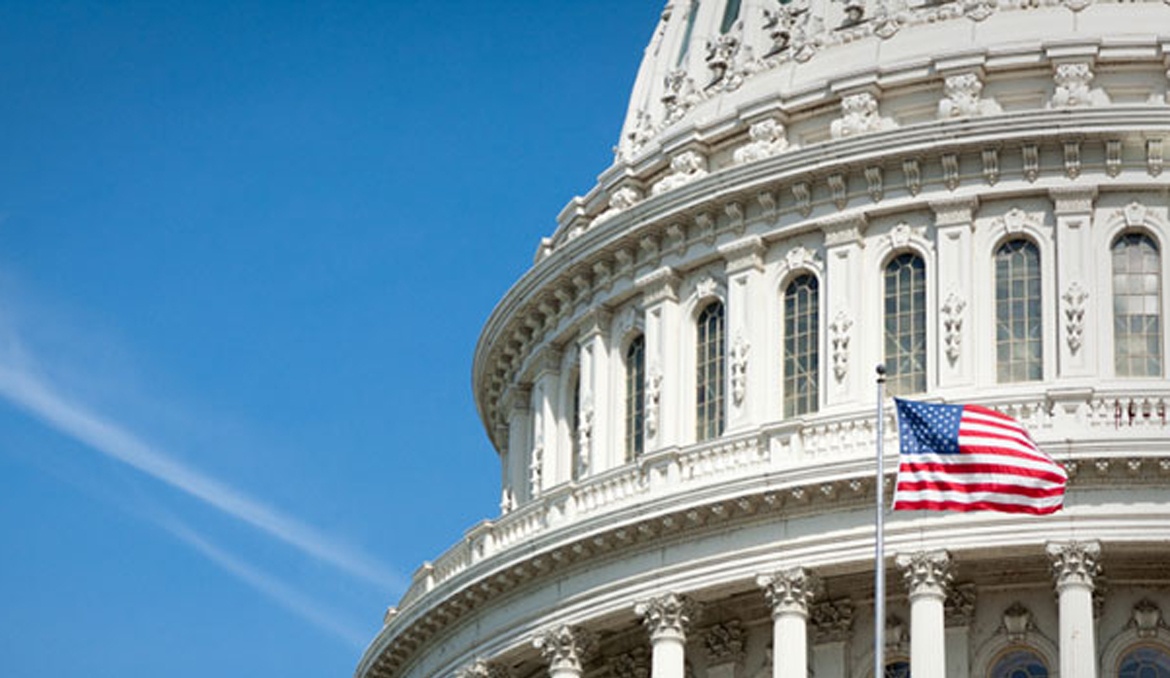Tag: budget
-

CMS Publishes 2019 Physician Fee Schedule
UPDATED JULY 27, 2018: CMS Overhauls Office Visit Pay In Proposed 2019 Physician Fee Rule CMS is proposing to overhaul how Medicare pays for office visits and how doctors document those visits in what Administrator Seema Verma said would be “one of the most significant reductions in provider burden ever taken by any administration.” The change,…
-

Bipartisan Budget Act Boosts Health Programs
In a rare show of bipartisanship for the mostly polarized 115th Congress, the Bipartisan Budget Act of 2018 is officially one for the record books. The week leading up to the final vote was far from smooth with Sen. Nancy Pelosi impressively filibustering on the floor of the U.S. Senate for eight hours to Rep.…